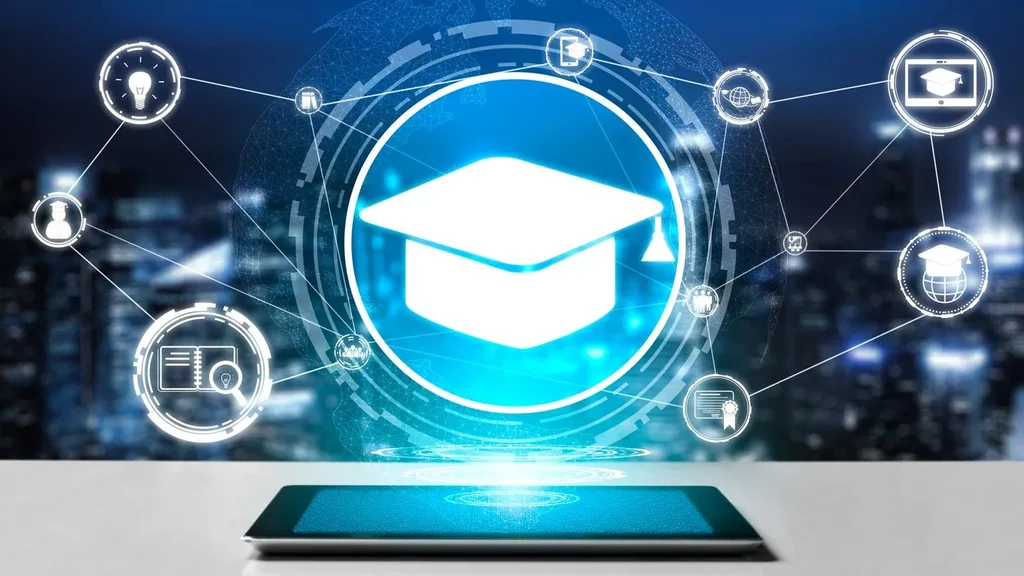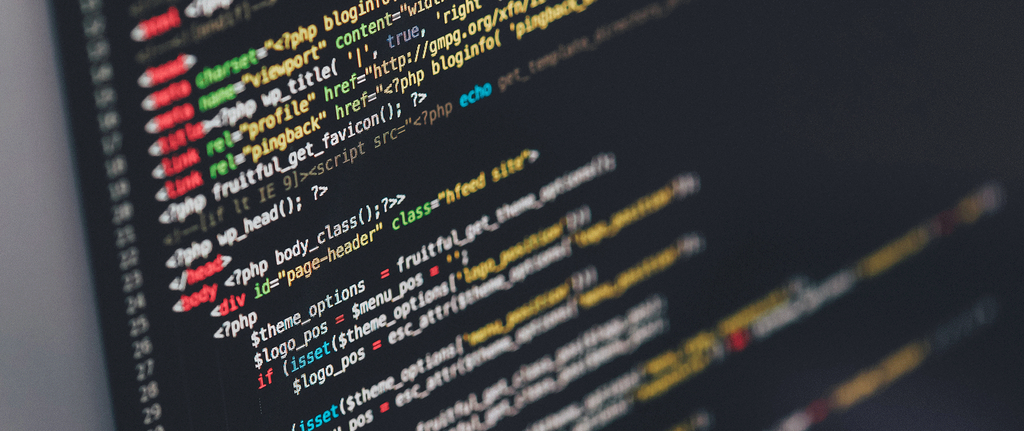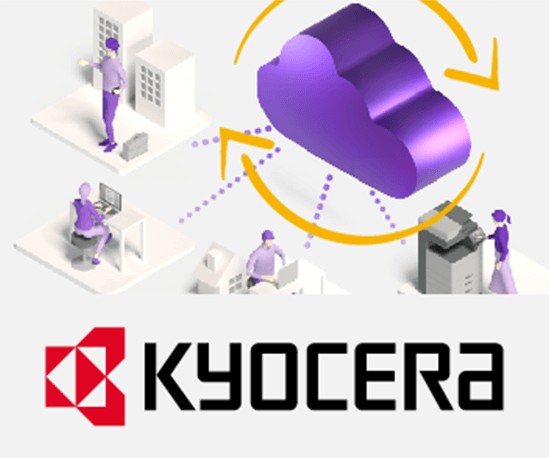

15 July 2021
Digitization and Education Put to the Test
By Patrick Hilpisch
It’s a question that was a perennial issue even before the Corona pandemic began: How do digitization and education converge in Germany?
It’s not just a matter of providing students with basic equipment such as tablets and laptops. If schools have to remain empty to protect against infection, but the subject matter still has to be taught, the true (infra-)structural problems reveal themselves. Inadequate Internet connections, a lack of media competence on both the teaching and learning sides, and doubts about data protection laws surrounding software use are slowing down the development of entire classes. Pupils, who are actually digital natives, suddenly no longer seem to feel at home in their natural environment. And for everyone involved, the question arises: How do we ensure stable and secure communication and fluid information exchange?
Education in a digitized world
The latest National Education Report from the German Federal Ministry of Education and Research was published in November 2020. It comprises 376 pages and already takes in the impact of Corona on the education sector. The sobering conclusion: there is a great need for development, especially in early education. Not only in terms of equipment with digital teaching aids, but primarily in terms of how existing technologies and tools are handled, taught and learned. The big buzzword that keeps coming up in this context is Educational Technology (EdTech).
EdTech is intended to establish new learning formats and a more competent approach to digital teaching media. Technologies such as artificial intelligence and virtual reality are integral components of this approach. Start-ups in particular are seen as the bearers of hope here. They are expected to bring a breath of fresh air to education with new and innovative tools. Compared to the rest of Europe, the EdTech landscape in Germany is still rather sparsely populated. But the growing calls for more government funding could soon change that.

Educational technology for tomorrow’s education
EdTech startups are not solely dependent on government initiatives. With their growing popularity, e-learning offerings such as GoStudent and Knowunity are attracting the interest of solvent investors. And here, sums in the millions tend to flow. The Austrian GoStudent GmbH recently received 70 million euros in a financing round. Among the investors was the former Spotify backer Coatue. The GoStudent platform serves the German-speaking tutoring market and connects tutors and students. It provides the technical infrastructure for 16 tutoring subjects to date. This brings a breath of fresh air to a sector that has long been dominated by providers such as Schülerhilfe and Studienkreis.
The start-up Knowunity aims to enable students to have a digital and effective school day with its app. As a kind of social media platform for students, it offers book summaries, digital flashcards, presentations, tutoring and other learning content – uncomplicated and user-friendly. Knowunity is now entering the international market with this concept, which has been successful thanks to the homeschooling craze. The start-up was founded by two pupils who were able to use their immediate proximity to the pitfalls and problems of everyday school life. According to the motto: Pupils help pupils.

Making the most of existing solutions
With all this considered, it’s clear that the problem child “education and digitalization” is well known. More and more clever minds are getting together to find adequate solutions, such as interactive learning tools. In addition to the timely delivery of learning content, however, there are also administrative digitization gaps. And they are unnecessarily crippling the education sector. This is especially true at the university level. The CHE Center for Higher Education offers advice and support in this area. With peer-to-peer strategy consulting, CHE targets university managements to initiate strategic processes for digitization in studying and teaching.
Independently of this, some universities are taking their own digital paths in the management and provision of their students’ data. They are relying on existing innovative technologies – for the central administration of enrollees, teaching materials, seminar planning and the transmission of grades and assessments. Northern Business School wants to use its central content management system, yuuvis® RAD, for more than just these purposes. In a research project together with OPTIMAL SYSTEMS, the Hamburg university is developing a unique solution. In this project, event and room planning will be coupled with building technology for digital room control. Heating, ventilation, and lighting can then be controlled and checked depending on the planned use of the room.
Using and refining technologies
In 2025, PISA will publish an assessment of “Learning in the Digital World“. Whether the structures and approaches in the education sector have become sufficiently digitized in the next four years will be put to the test again by then at the latest. Corona has recently accelerated many things. But digitization will not come to a standstill until then. It will continue to develop at an ever faster pace. That’s why the basics and skills need to be taught as early as possible. This makes it all the more necessary to use and refine the tools and technologies available for this purpose. So that the solution, and not the problem, becomes the permanent hot topic.
You might also like
Do you have any further questions?
Get in touch with us!
































